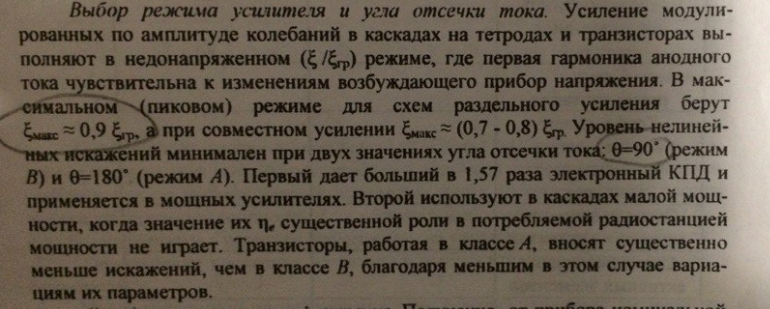Answer the question
In order to leave comments, you need to log in
What parameters of the television signal determine the requirements for the amplification path?


The issue is above. I will be grateful for the answer!
Answer the question
In order to leave comments, you need to log in
Thanks for the clarification, now there is something to talk about.
1. You have not just a TV signal, but landed on a carrier. This means that it is already possible to involve everything that concerns the amplification of the radio signal, and not the lower frequency and relatively broadband TV.
2. The main parameters are the frequency band and the coefficient. amplification. You have real difficulties with the band: it seems to be an analog signal - which means that for a start you can take the standard 10 megahertz single-band signal as a basis (it also includes sound on a separate FM subcarrier). But I noticed a mention of a frequency grid - which means that the carrier value should change. In what range, it is not said, but you must immediately keep in mind whether it will be a fixed frequency, or an amplifier with its operational change.
3. If the original TV signal is digital, then the first step should be to determine its bandwidth, and then - most likely, return to the classical path, taking into account the new bandwidth value (I am not very competent in the details of this new technique).
4. Well, the calculation of gain (including a broadband signal) is described in a bunch of textbooks. Let me just remind you that the narrower the strip, the easier it is to ensure the stability of the amplifier and the simplicity of the design.
5. Undervoltage mode is already a design issue related to the type of output stage and its energy parameters (efficiency, cooling), as well as the desired composition of harmonics in the output signal fed to the antenna. You can filter it well - then choose an economical, but "dirty" mode in terms of harmonics. If you need to save on this filtering, choose the "cleaner" output stage mode, but it will be uneconomical in terms of power supply.
Didn't find what you were looking for?
Ask your questionAsk a Question
731 491 924 answers to any question